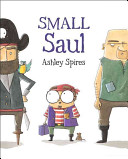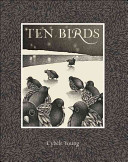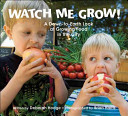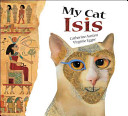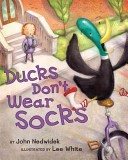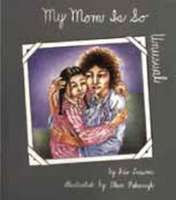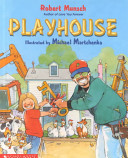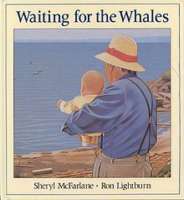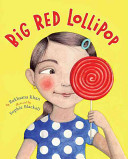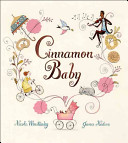
Miriam the baker is beloved in her village. Every day she bicycles to work and saves her favorite cinnamon bread for last, singing as she kneads spices into the dough. The scents and songs attract fellow bicyclist Sebastian, and he falls head over handlebars for Miriam. After marrying, their domestic bliss is disrupted when their beautiful new baby begins to cry continuously. What finally placates the fussy infant? The sounds and smells of Miriam making a batch of cinnamon bread. Many children will welcome the beside-the-point depiction of a multicultural family: Miriam is paper white, Sebastian is cocoa brown, and their cinnamon-colored child gives the title a sly double meaning. A charming offering infused with warmth, romantic whimsy, and love

